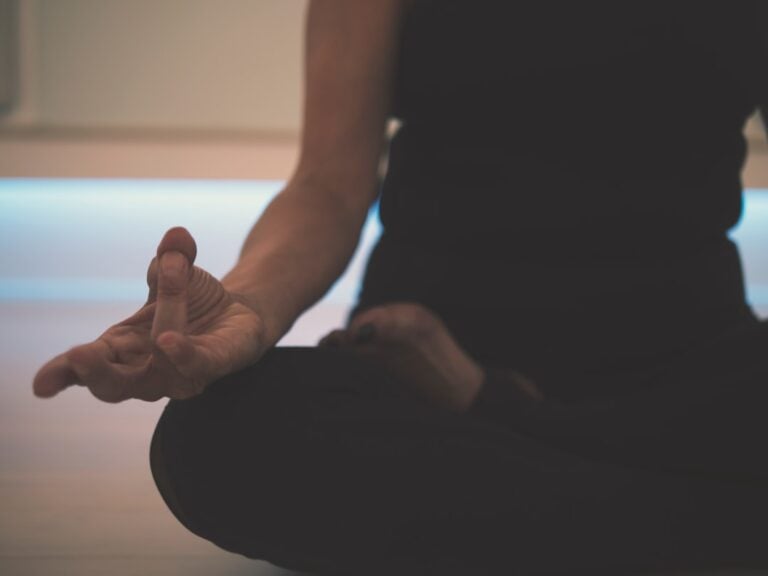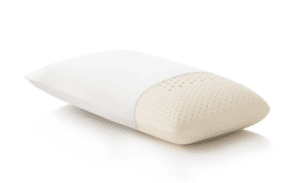The Ultimate Guide to Understanding Sound Bath Therapy
Discover the Magic of Sound Bath Therapy
Sound bath therapy is an immersive experience designed to relax and rejuvenate both the mind and body. Imagine lying down comfortably while resonant sounds envelop you, creating an otherworldly atmosphere that washes away stress and enhances emotional well-being. This unique form of meditation, rooted in ancient traditions, is gaining popularity as more individuals seek holistic ways to improve their mental and physical health.
What is a Sound Bath?
A sound bath is a full-body experience where sound waves and vibrations from various instruments invite deep relaxation and meditation. Participants typically lie down on mats or cushions, allowing the soothing sounds to envelop them. This auditory journey often involves instruments like singing bowls, gongs, and chimes, which produce vibrations that resonate throughout the body.
The goal of a sound bath is to promote a meditative state, where your brain waves slow down, leading to a profound sense of peace and introspection. By absorbing these calming frequencies, participants can disconnect from external distractions and focus on their inner selves.
The Origins of Sound Bath Therapy
Although the precise origins of sound baths are not well-documented, they are believed to draw inspiration from ancient spiritual practices. Many associate singing bowls with Tibetan culture, though their use has transcended geographic boundaries. Instruments similar to singing bowls can be found in various traditions, including the Japanese rin. The modern interpretation of sound baths often blends these ancient practices with New Age wellness techniques, creating a contemporary approach to relaxation.
How Sound Bath Therapy Works
During a sound bath session, participants engage in guided breathing to attune their minds for the experience ahead. Each session typically features a diverse array of sounds and frequencies, including:
– Singing Bowls: These produce rich tones when struck, helping to initiate deep relaxation.
– Gongs: Known for their powerful, immersive vibrations, gongs can resonate deeply within the body.
– Chimes: Offering light, ethereal sounds, chimes elevate the overall auditory experience.
– Human Voice: Some facilitators incorporate vocal tones, adding a personal touch to the session.
Together, these sounds create a therapeutic soundscape that encourages emotional release, relaxation, and mental clarity. Sound bath therapy can help lower heart rates, reduce anxiety, and promote a balanced state of mind.
Benefits of Sound Bath Therapy
Mental Health Benefits
1. Stress and Anxiety Relief: Research shows that sound baths can significantly diminish feelings of stress and anxiety. For instance, a 2020 study revealed participants’ heart rates decreased after attending a sound bath, which indicates reduced stress.
2. Improved Mood: The soothing vibrations can foster a sense of well-being and uplift spirits, making it particularly advantageous for individuals dealing with chronic stress or depression.
3. Enhanced Mental Clarity: By clearing mental clutter and promoting deep relaxation, sound baths allow for better concentration and focus.
Physical Health Benefits
1. Pain Reduction: Some participants report a decrease in physical pain following sound bath sessions, suggesting a potential therapeutic effect on conditions like arthritis or fibromyalgia.
2. Lower Blood Pressure: The deep relaxation achieved during a sound bath may help maintain a healthy heart rate, promoting overall cardiovascular wellness.
3. Improved Sleep Quality: Regular participation in sound baths can aid those facing insomnia or sleep disturbances, promoting better sleep patterns.
Experiencing a Sound Bath
At a Sound Bath Event: Attending group sessions fosters communal energy, amplifying the overall experience. To locate local events, check platforms like Eventbrite or Meetup. Look for positive reviews about practitioners to ensure a supportive environment.
One-to-One Sessions: For personalized experiences, consider private sound baths. Practitioners can tailor sessions to your specific emotional and physical needs.
Do-It-Yourself (DIY) Sound Bath: If you prefer a home experience, gather instruments like singing bowls, or use high-quality sound recordings. Create a soothing atmosphere with low lighting, cozy blankets, and a comfortable resting area.
Preparing for Your Sound Bath Experience
Prior to your session, wear loose-fitting comfortable clothing and hydrate lightly. On arrival, expect a serene environment designed for relaxation, often featuring mats and calming scents.
What to Expect During the Session
Each sound bath generally lasts between 60 to 90 minutes, beginning with softer tones to ease participants into relaxation. As the facilitator layers different sounds, you may enter a meditative state that could evoke a range of emotions, from joy to introspection.
Post-Session Reflection
After the session, take some time to reflect and rehydrate. Gentle stretching can help awaken your body while integrating the relaxation experienced during the sound bath.
Frequently Asked Questions About Sound Baths
What is the purpose of a sound bath?
Sound baths help promote relaxation and emotional processing, providing a serene experience to reduce stress and foster well-being.
Do sound baths actually work?
Many people report significant benefits, including reduced stress levels and improved mental clarity, supported by recent studies.
Is it OK to fall asleep during a sound bath?
Falling asleep is entirely normal and can indicate a deep state of relaxation. Your body continues to absorb the therapeutic benefits, even in slumber.
Conclusion
Sound bath therapy is a powerful tool that promotes relaxation, emotional healing, and overall well-being. By engaging with a variety of instruments like singing bowls, gongs, and chimes, sound baths create a profound auditory experience that can significantly enhance your mental and physical health.
Integrating sound baths into your self-care routine might just be the step you need for a healthier, more balanced life. While these sessions can complement your existing wellness practices, remember they should not replace any medical treatments you receive. Always consult with your healthcare provider before starting any new therapy.
Whether you choose to attend a group session, schedule private time with a practitioner, or create your own sound bath at home, the key is to explore and find what resonates best with you. Embrace the magic of sound bath therapy as you journey towards deeper relaxation and emotional clarity.



















